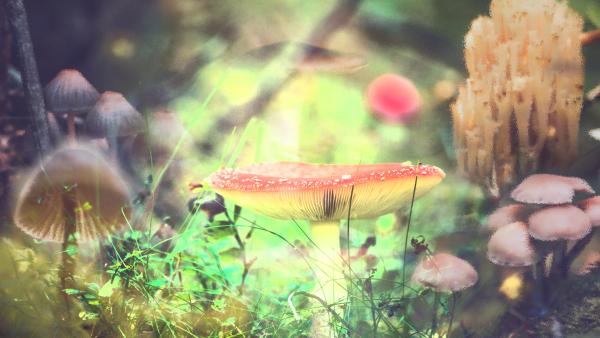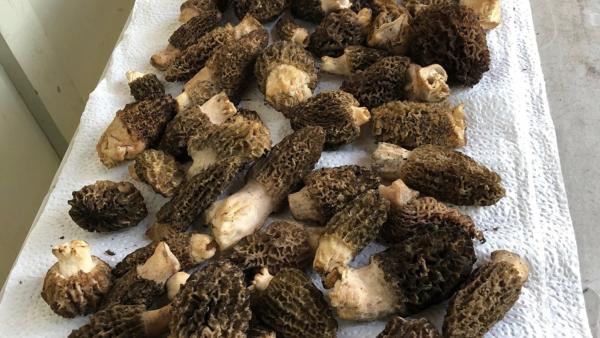Robert Macfarlane spent a decade exploring caves, mines, catacombs and sewers, on a quest to discover the deep underground. He found a subterranean world of wonder and horror.
Nature
Scientists and explorers have found a whole new world under our feet. It's an exciting place, and it's changing what we know about the planet and ourselves.
There is an unusual, giant corn in southern Mexico that gets its own nitrogen from the air — no manufacturing required.
If a disaster wiped out our ability to grow crops, how would the survivors rebuild civilization? Back in the 1990’s Cary Fowler wondered the same thing. So he created the Svalbard Global Seed Vault – otherwise known as the Doomsday vault.
We owe our past and future existence on Earth to fungi. Some can heal you, some can kill you, and some can change you forever.
Writer Eugenia Bone’s obsession with mushrooms began with her love of eating them. She shares notes from her hunts for morels as well as three recipes for how to best enjoy fungal delicacies.
Unless you walk or bike to your next vacation destination, you’ll probably have to burn some fossil fuels to get there. Blogger Kathryn Kellogg is a guru of zero-waste living. She has a few tips on how to reduce your impact on the environment when you travel.
Even facing the bleakest outcomes that climate change might inflict on our planet, we have to have faith in a new future. That’s something writer Anne Lamott has been struggling with too.








